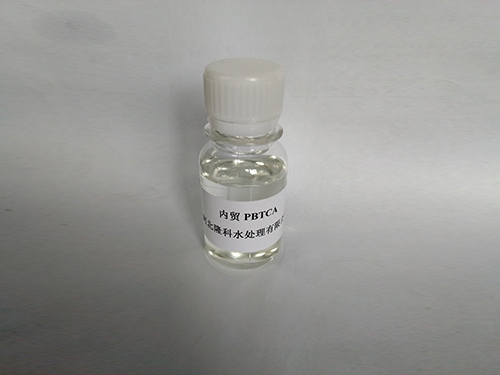Exploring the Properties and Applications of HEDP Sodium Salts in Industrial Processes
The Importance of HEDP-Na2 in Water Treatment and Its Applications
Hydroxyethane Diphosphonate Sodium Salt, commonly referred to as HEDP-Na2, is an essential chemical compound widely used in various industries, particularly in water treatment. With its unique properties and effectiveness, HEDP-Na2 has become a key player in preventing corrosion, scale formation, and other issues associated with water systems. This article explores the significance of HEDP-Na2 in water treatment, detailing its applications, benefits, and environmental impact.
Understanding HEDP-Na2
HEDP-Na2 is a phosphonate compound known for its strong chelating ability. This characteristic allows it to bind with metal ions found in water, thus preventing these ions from reacting with other substances to form scales or deposits. HEDP-Na2 is especially effective against calcium and magnesium ions, which are common culprits in scale formation. The compound is also water-soluble, making it easy to incorporate into various water treatment processes.
Applications in Water Treatment
1. Cooling Water Systems One of the primary applications of HEDP-Na2 is in cooling water systems used in power plants, chemical processing facilities, and HVAC systems. In these environments, heat exchange equipment often experiences scale buildup due to thermal processes. HEDP-Na2 effectively inhibits scale formation, ensuring efficient heat transfer and minimizing maintenance costs.
2. Boiler Water Treatment HEDP-Na2 is widely used in boiler water treatment to prevent scale and corrosion. The presence of dissolved minerals can lead to the formation of hard scales on boiler tubes, which can significantly reduce efficiency and lead to costly repairs. By using HEDP-Na2, operators can prolong the lifespan of boilers and optimize their performance.
3. Oilfield Applications In the oil and gas industry, HEDP-Na2 is used to inhibit corrosion in downhole and surface equipment. The compound's ability to sequester metal ions and prevent scale formation is crucial, especially in environments where high-temperature and high-pressure conditions can lead to rapid corrosion.
4. Cleaning and Disinfection HEDP-Na2 is also employed in cleaning formulations for industrial and institutional applications. Its chelating properties enhance the efficiency of cleaning agents, making it a valuable ingredient in products designed for water treatment plants and other facilities requiring rigorous hygiene standards.
hedp na2

Benefits of HEDP-Na2
The use of HEDP-Na2 in water treatment brings numerous benefits
- Corrosion Inhibition HEDP-Na2 effectively inhibits corrosion, protecting metal surfaces from damage. This helps extend the life of equipment and reduces the need for costly repairs or replacements.
- Scale Control By preventing the crystallization of scale-forming minerals, HEDP-Na2 maintains operational efficiency in cooling and heating systems, thus lowering energy consumption and operating costs.
- Environmental Safety Unlike some traditional treatment chemicals, HEDP-Na2 is considered relatively safe for the environment. It does not contribute to toxic buildup and is biodegradable, minimizing its ecological footprint.
- Versatility HEDP-Na2 can be used in various applications across multiple industries, making it a versatile agent for water treatment and maintenance.
Conclusion
In conclusion, HEDP-Na2 plays a crucial role in modern water treatment practices. Its ability to prevent scale formation and corrosion enhances the efficiency and longevity of various systems, including cooling towers, boilers, and oilfield equipment. With its favorable environmental profile and versatile applications, HEDP-Na2 stands out as a key chemical in maintaining the integrity of water systems across different industries. As industries continue to seek effective and sustainable solutions for water treatment challenges, HEDP-Na2 will likely remain a vital component of their strategies. The compound not only improves operational efficiency but also contributes to a more sustainable approach to resource management in a world increasingly focused on environmental impact.
-
Water Treatment with Flocculant Water TreatmentNewsJun.12,2025
-
Polymaleic AnhydrideNewsJun.12,2025
-
Polyaspartic AcidNewsJun.12,2025
-
Enhance Industrial Processes with IsothiazolinonesNewsJun.12,2025
-
Enhance Industrial Processes with PBTCA SolutionsNewsJun.12,2025
-
Dodecyldimethylbenzylammonium Chloride SolutionsNewsJun.12,2025





